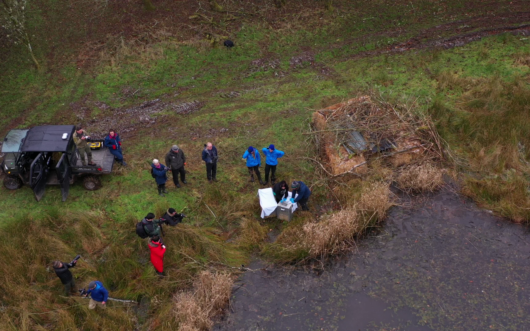Episode 3: Woodpecker Wars
Topics
One of the most inspiring conservation stories in American history is playing out on, of all places, a live-fire training ground at an Army base in North Carolina. There, an improbable alliance is giving a special bird—the endangered red-cockaded woodpecker (RCW)—a new lease on life.
Unlike other species of woodpecker, which nest in dead wood, the RCW drills cavities into living trees, specifically, living longleaf pines. Some of these nests eventually become important homes for other species—like wood ducks and squirrels, making the woodpecker a keystone species in its habitat. But Americans started cutting down longleaf pines for timber and other uses, and over the decades, forests that once blanketed the southeast disappeared.
As the pines went, so did the RCW. Its numbers plummeted from 1.5 million breeding groups prior to 1910 to just 4000 in 1995. The woodpecker’s future looked bleak—until researchers discovered a population of the bird thriving in the hostile confines of Fort Bragg—recently renamed as Fort Liberty.
Some conservationists feared that the Fort’s live-fire exercises were harming the birds, and the US Fish and Wildlife Service, which enforces the Endangered Species Act (ESA), ordered the base to cease training in the bird’s habitat. Tensions soared – until scientists made the startling discovery that the military training itself was creating the healthy RCW habitat.
Frequently Asked Questions
Can controlled burns help save other ecosystems, too?
Controlled burns are a longstanding method to help maintain forest ecosystems, with many methods dating back millennia throughout indigenous cultures.
The long-leaf pine forests across the southern U.S. are just one of many habitats that benefit today from controlled burn tactics, but the precise methods will vary between different ecosystems.
Related Content
Become a Wild Hoper


